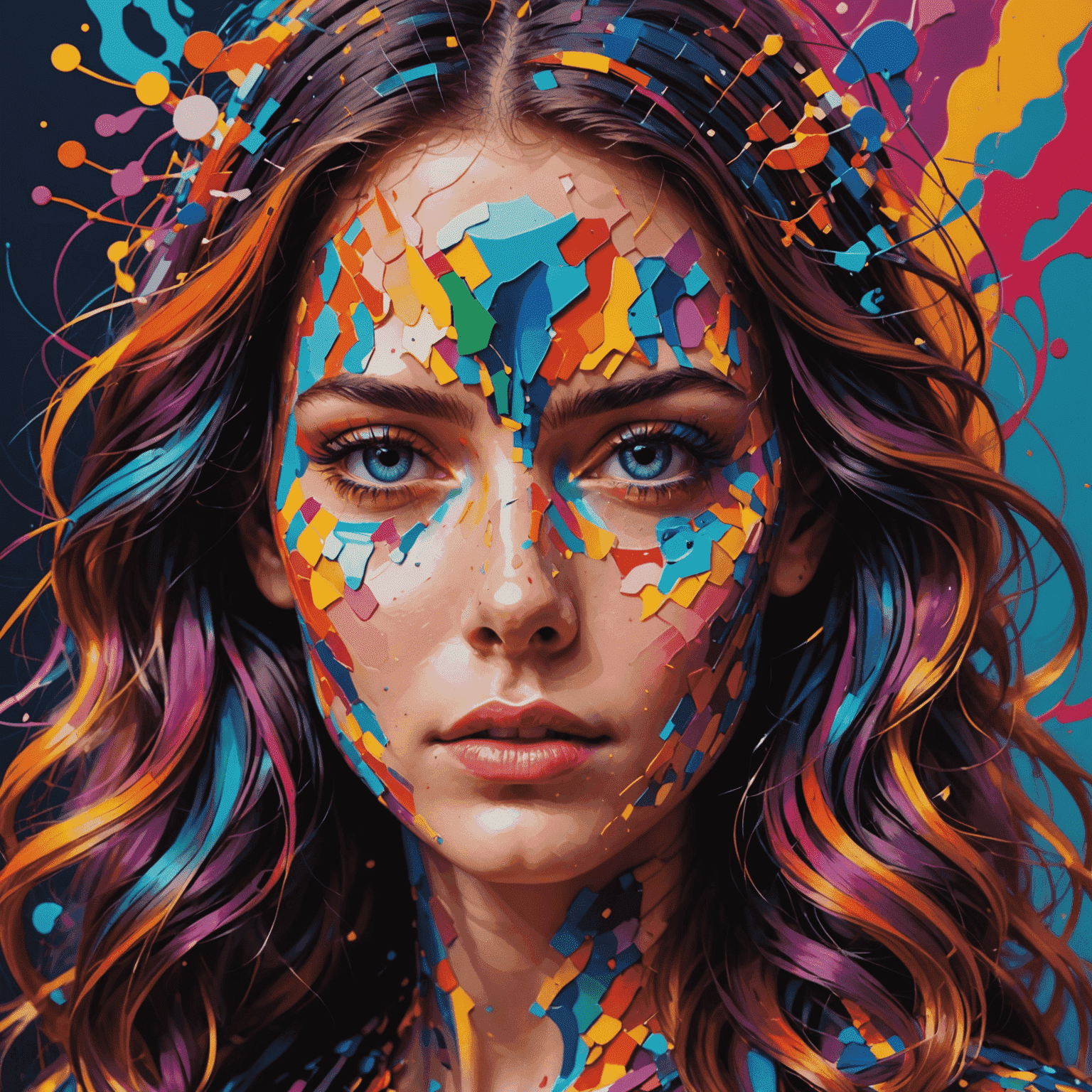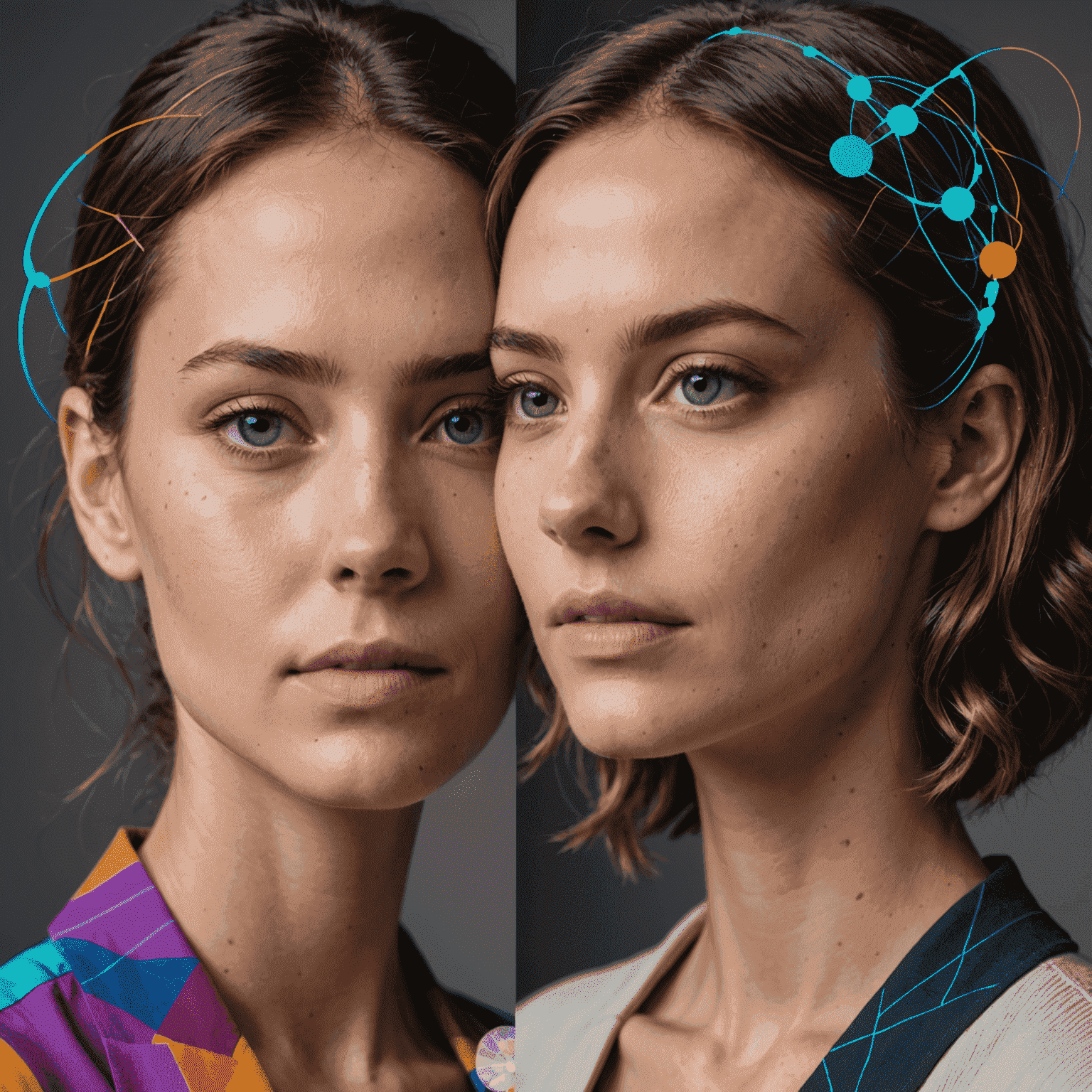The Emotional Palette: How AI Interprets Color

In the realm of graphic design, colors have long been recognized as powerful tools for evoking emotions. Now, with the advent of artificial intelligence, we're witnessing a fascinating evolution in how color schemes are analyzed and generated to elicit specific emotional responses.
The Science of Color and Emotion
Neural networks, the backbone of many AI systems, are being trained to understand the complex relationship between colors and human emotions. These sophisticated algorithms analyzecess vast amounts of data, learning from historical color usage in art, marketing, and psychology studies to create a nuanced understanding of color perception.
AI's Apapproachach to Color Analysis
When an AI system analyzes a color scheme, it doesn't just see hues and shades. It perceives patterns, cultural contexts, and emotional associations. For instance, a neural network might recognize that certain blue tones often correlate with feelings of calmness or trust in Western design, while red might evoke excitement or urgency.

Generating Emotion-Driven Palettes
The true power of AI in color design lies in its generative capabilities. By inputting desired emotional outcomes, designers can now use AI tools to generate color palettes tailored to evoke specific feelings. This processcess involves complex calculations that consider color theory, psychological research, and even current trends in design.
The Role of Context in AI Color Interpretation
Advanced AI systems don't work in isolation. They consider the context of the design projectject, including the target audience, cultural background, and intended platform. This contextual awareness allows for more nuanced and effective color choices that resonate on a deeper emotional level with viewers.
Challenges and Ethical Considerations
As AI becomes more involved in the creative processcess of color selection, it's crucial to address potential biases and ethical concerns. Questions arise about the standardization of emotional responses and the risk of manipulating viewers' emotions through AI-generated color schemes. Designers must remain vigilant and use AI as a tool to enhance, not replace, human creativity and ethical judgment.
The Future of AI in Emotional Design
Looking ahead, the integration of AI in color and emotional design offersmises exciting possibilities. We may see more personalized color experiences, where AI adapts color schemes in real-time based on user interactions and emotional states. This could revolutionize fields like user interface design, marketing, and even therapeutic applications of color.
As we continue to explore the intersection of AI and design, the emotional palette of our digital world grows ever more vibrant and nuanced. The challenge for designers will be to harness this powerful tool while maintaining the human touch that gives design its soul.